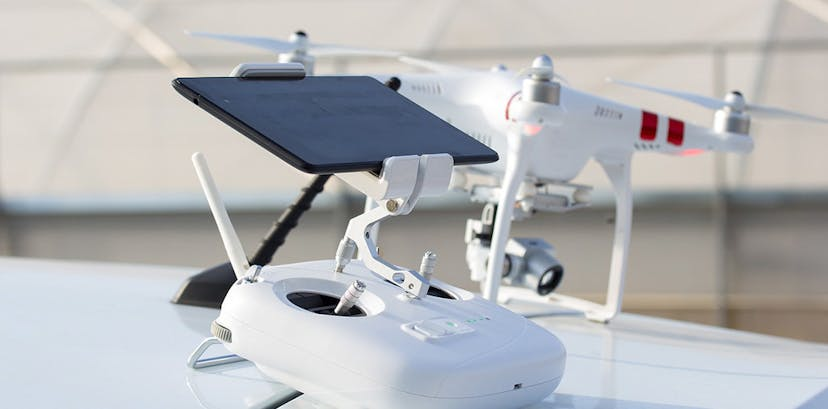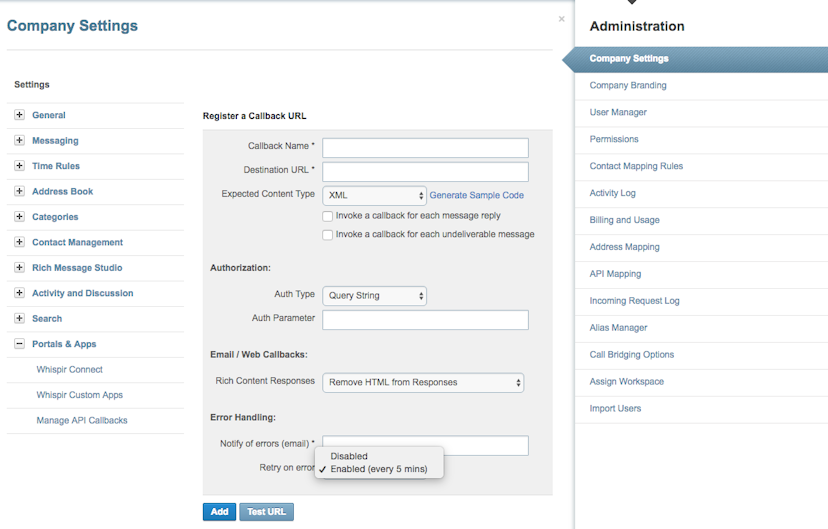Nine technology trends to keep in mind as you leverage digital channels in the transport and logistics sector
Technology is shaping up as a driving force when it comes to transforming highly interconnected supply chains, and allowing capital-intensive businesses to connect and collaborate on the transport, storage, and management of goods and services across borders.
To help you prioritize where to invest management time and resources, as well as diversify your omnichannel strategy, here’s a list that PwC has prepared of the technologies likely to have the greatest current or potential impact on your operations.
1. Physical Internet (PI or π)
Transformation of the physical handling, movement, storage, and supply of objects, with the aim of improved efficiency and sustainability for global logistics. PI will help companies within the transport and logistics sector create a more seamless experience across their various channels.
2. IT standards
Adoption of consistent IT standards allows for supply chain consistency and transparency. IT standards also create ideal conditions for more efficient collaboration between all target audiences such as internal stakeholders and remote workforces.
3. Data analytics
Very large data volumes allow much greater capacity for forecasting and understanding customer requirements. This leads to improved inventory visibility and management, and greater operational efficiencies. For supply chain operators, quality data can help streamline processes when it comes to both online and offline channels.
4. Cloud
Cloud-delivered capabilities can be rapidly bolted onto existing workflows. This offers diversified, significant business models and process flexibility, as well as a consistent brand experience.
5. Blockchain
Enhanced supply chain security in the form of:
-
Reduction of fraud
-
Reduction in bottlenecks (certification by 3rd parties)
-
Reduction of errors (no more paper-based documentation)
-
Increased efficiency and consistent experience
6. Robotics & automation
AI and automation deliver lower costs by reducing the need for a physical presence of employees in your workforce. This can greatly improve efficiencies in delivery and warehousing.
7. Autonomous vehicles
Reducing the need for human input into driving, delivery, and warehousing offers the potential for significant cost reduction and asset optimization.
8. UAVs / Drones
Not limited to government applications, UAVs and drones offer different channels for workforce reduction and improved efficiencies in areas such as inventory management, surveillance, and delivery.
9. 3-D printing
On-site creation via 3D printing reduces the need for shipping finished goods while shifting transportation loads to lower volume raw materials.











